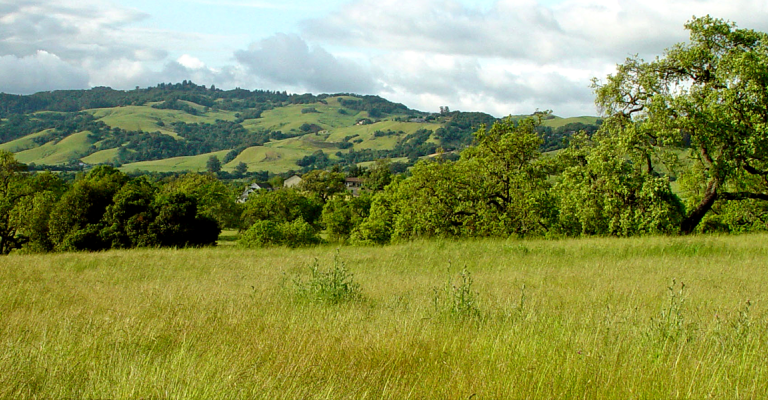Service-Learning in Women and Gender Studies
Service-learning activity usually falls into two categories
Type 1: Teaching/tutoring/sharing knowledge from the class.
Example: Sociology and Women’s Studies students at California State University, Northridge (CSUN) have the opportunity to participate in a service-learning program at a local elementary school. The school serves mostly English-language learners from lower-income families who qualify for Title I assistance. The CSUN students provide teaching assistance in order to help improve test scores. As the supervising professor noted “...I can report that the CSUN students did help the children improve upon their standardized test scores.” She also stated that “the CSUN students participating in the service-learning program assisted these teachers every step of the way working at the elementary school during the week and on weekends.” This part of the program was successful in that test scores improved dramatically. 2
Type 2: Using information from the class to do something with/for a community organization.
Example: Women’s studies students at Rutgers University in New Brunswick, New Jersey, were able to apply the feminist theory they learned in the classroom to practice through a service-learning course. They partnered with several different agencies as support staff, including “Planned Parenthood, women’s health and counseling centers, rape crisis centers, battered women’s shelters, a transitional home for formerly homeless women, and a YWCA project for pregnant teenagers.” The community service “tests students’ abilities to reach across boundaries of difference, and to move between the borders separating theory and practice, classroom and community, and their own conception of themselves as private individuals and public citizens.” One student reflected “ ‘I know issues of diversity are important to explore within feminism because before we can demand equal rights and treatment based on gender, we must first, or at least simultaneously, establish a community within women. An important beginning is including women who have thus far been considered “other” within the movement. It is therefore important for me to learn about and to be able to relate to as diverse a group of women as possible.’ “ Another student reflected “Since the internship consists of 4 lesbians and 3 straights working in the office, I find it necessary to confront my own homophobic attitudes and deal with them. I’m sure it will be a difficult process since I hate racists, sexists, and others who can’t accept difference. It’s hard to realize I may be one of those people.” “Experiential learning can be a catalyst for students to act on insights gained from the feminist theory about the ways gender differently constructs men’s and women’s social, economic, and political situations.”
Please contact [email protected] for more information.
Don Romesburg - [email protected], and Lena McQuade - [email protected] have instructed several service-learning classes and may be willing and able to share advice.
1Stahly, Geraldine B. Introduction. Gender Identity, Equity, and Violence. By Stahly. Sterling: Stylus, 2007. 1-7. Print.
2Kouri, K. “Feminism, Public Sociology, and Service Learning: Issues of Gender in the Primary School Classroom.” Gender Identity, Equity, and Violence Ed. Geraldine Stahly. Sterling: Stylus, 2007. 83-100. Print.
3Trigg, M., Balliet, B. “Learning Across Boundaries: Women’s Studies, Praxis, and Community Service.” The Practice of Change: Concepts and Models for Service-Learning in Women's Studies.Eds. B. Balliet and K. Hefferman. Washington D.C.: AAHE, 2000. 87-102. Print.


